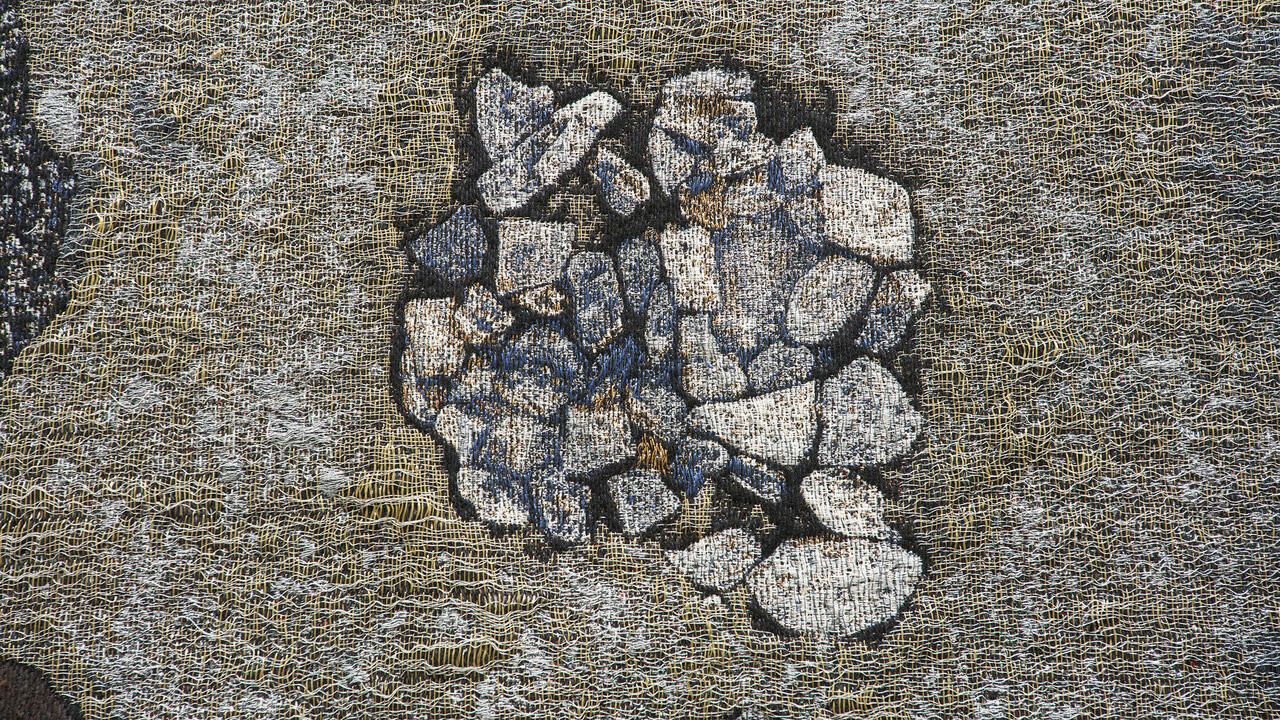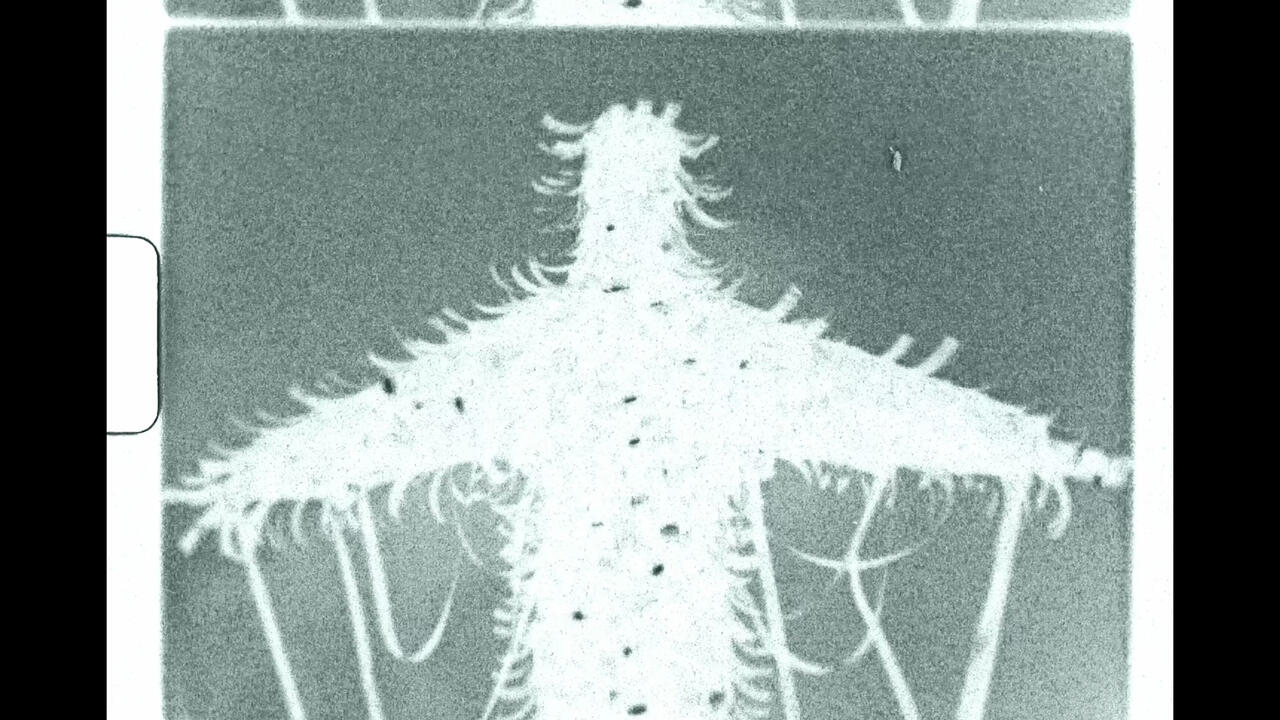Prospect.6 Casts New Orleans as a Harbinger and a Harbour
The latest iteration of the triennial views its host city from an international perspective
The latest iteration of the triennial views its host city from an international perspective

New Orleans’s singularity has always been a blessing and a curse. The ‘City That Care Forgot’, they call it, a sticky nickname now coated with irony. What was once a nod to its easy-going charm is now just as emblematic of the conditions that led to its devastation. In either case, it’s easy to think of New Orleans as being held back by its past. But for curator Miranda Lash and artist Ebony G. Patterson, the artistic co-directors of the sixth Prospect triennial, the opposite is true. This isn’t a city behind the times but ahead of them.
Lash and Patterson’s ruminative new show, called ‘The Future is Present, The Harbinger is Home’, positions New Orleans as a kind of canary in a coal mine, a forewarning of the harsh reality encroaching on ecologically vulnerable communities across the globe. Prospect commissioned most of the works that unfold across the exhibition’s 21 venues citywide, and the curators have in turn given the 51 participating artists a lot of space to roam. The fact that just a handful of them live in the host city might raise eyebrows in an exhibition set somewhere else, but here, the disproportion just gets at the directors’ point – and their larger prompt. In the many parts of this world being shaped by climate change, labour migration and the long shadow of colonialism, ‘home’ no longer reliably means ‘house’. So, what does it mean then?

Local painter Brooke Pickett, whose studio was destroyed by Hurricane Ida, grapples with this question in a series of large-scale tableaux at the the Ogden Museum of Southern Art. Works like Survival Soup and Structural Solutions (both 2024) brim with clashing patterns and scattered pieces of decor, dramatizing the Sisyphean task of trying to establish domestic order in a world constantly being turned upside down. Nearby, New Orleans-based artist Hannah Chalew has refashioned an old oil wellhead into a working fountain enlivened by plants – an instrument of extraction turned into a site of regeneration (Orphan Well Gamma Garden, 2024).
Two New Orleans natives instantiate the urge to document that which could soon disappear. The city’s nighttime haunts and their faithful patrons star in L. Kasimu Harris’s Vanishing Black Bars & Lounges (2018–ongoing) series, installed at both a Seventh Ward jazz club and the Ogden. On view at the Contemporary Arts Center, New Orleans (CAC), meanwhile, is Ruth Owens’s tender four-channel video Black Delight, An Ecopoem (2024), which juxtaposes shots of Louisiana's receding coastlines with scenes from an ecstatic dance party.
Others, like Stephanie Syjuco, explore their own ancestral or diasporic relationship with New Orleans. Through a series of murals that spans multiple venues, the Manila-born, Oakland-based artist re-maps Louisiana’s village of St. Malo, the first Filipino settlement in the US. That these prints – collectively called Phantom Visions (The Lacustrine Village of St. Malo) (2024) – are made of wheat paste is no mistake: with weather and time, they will disintegrate and disappear, just as St. Malo did over a century ago.

Patterson’s touch as an artist and mentor stands out at an old Ford motor plant, a rusty industrial site on the banks of the Mississippi where works by a dozen artists are installed. You can feel her influence in the playful first-floor collaboration between Chicanx artists rafa esparza and Dewey Tafoya and the New York-based, Afro-Caribbean artist Zalika Azim, an excellent embodiment of the curators’ emphasis on creolization. Drawing a line from ancient Indigenous cosmologies to speculative futures, their multipart installation (Proposals for Loops in Linear Time, 2024) centres on a clay replica of the Millennium Falcon from ‘Star Wars’ (1977–ongoing) imprinted with the Aztec calendar (Mexica Falcon after Dewey Tafoya, 2024). Elsewhere, Maia Ruth Lee literalizes the cycles of displacement with her sculpture, The Conveyor (2024), which features mud-soaked personal items rotating on a baggage claim carousel in a slow, endless loop. The more times these unclaimed bins come around, the more they haunt.
Hanging from the factory’s steel-beamed ceiling is Mel Chin’s Pool of Light, Work in Progress (2024), a giant chandelier made from mid-century desk chairs and chains that the artist conceived as a tribute to the low-paid women office workers of the 20th century. Imposing as it is, the sculpture is technically incomplete: Chin, based in coastal North Carolina, was one of over 100,000 Americans affected by Hurricane Helene in September. The roads around his studio were closed, and he couldn’t ship the remaining parts of the work.

Prospect.6 officially launched on November 2, just three days before the presidential election, though there are virtually no allusions to it, Trump, or any other facet of the American political system in the show. During the opening, this absence seemed almost too deliberate, a big red elephant in the room. Was this intended as a kind of harbinger, or had the directors’ drive to frame New Orleans in a global context left them overlooking the disaster in their backyard?
But days later, when the dust from the election had settled, Lash and Patterson’s perspective felt far-, not nearsighted. While a lesser exhibition might twist its election-month timing into a polemic, Prospect.6 is too aware of what’s at stake to fall into this reactionary trap. The show doesn’t pretend to offer answers, just reminds us that even in this time of mass migration, widespread displacement and profound political divides, we’re more connected than we think. Like their own vision of New Orleans, the artistic directors are a few steps ahead of the moment.
Prospect.6 New Orleans ‘The Future Is Present, the Harbinger Is Home’ is on view until 2 February 2025
Main image: Ruth Owens, Black Delight, An Ecopoem, 2024, four-channel video installation with original soundtrack. Courtesy: the artist and Prospect.6; photograph: Jonathan Traviesa























